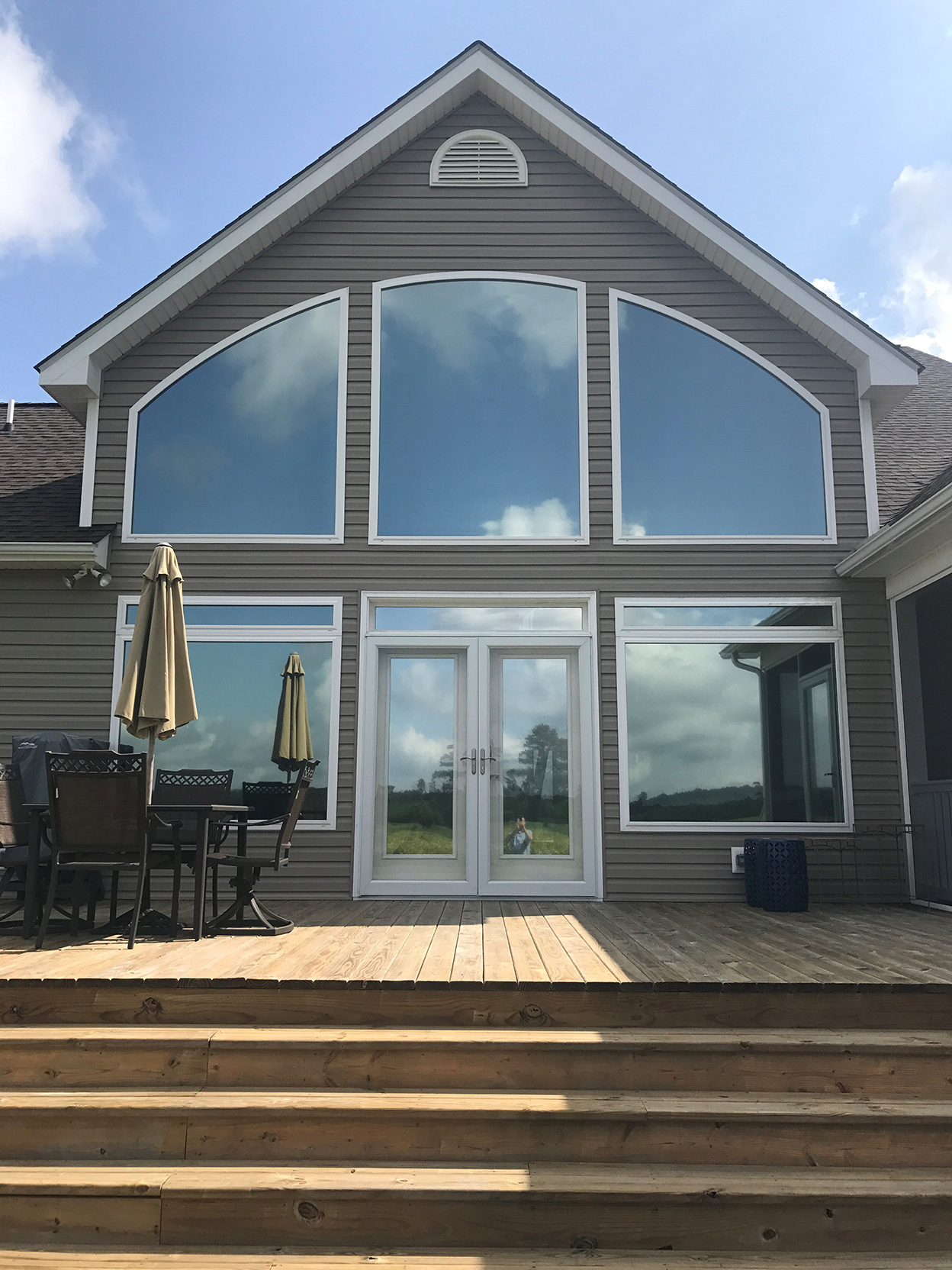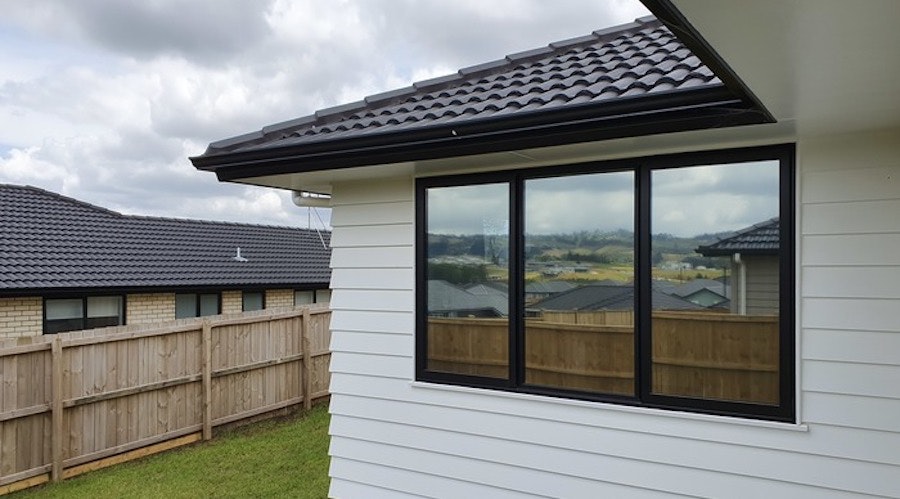How Residential Home Window Tinting Improves Your Home's Power Effectiveness
Residential home window tinting offers an engaging remedy for property owners seeking to boost power effectiveness within their living spaces. By using specialized films to home windows, it efficiently lowers warmth transfer, therefore stabilizing indoor temperatures and decreasing the requirement for excessive heating or cooling.
Understanding Window Tinting
Recognizing window tinting is essential for home owners seeking to enhance both convenience and power efficiency in their living spaces. Residential Window Tint. Window tinting entails the application of a thin film to the inside or exterior surface area of glass home windows. This film can substantially regulate the amount of sunshine and warmth that goes into a home, hence influencing indoor environment problems
There are numerous sorts of home window tinting films offered, each with distinctive residential properties. For circumstances, colored movies absorb solar power, while reflective films disperse it far from the glass surface. Ceramic films use an equilibrium of presence and heat being rejected, making them a preferred selection among home owners. The efficiency of home window tinting is usually gauged by its Visible Light Transmission (VLT) percent, which indicates just how much light can pass via the film.
Benefits of Energy Performance
Window tinting not just improves appearances however also plays a significant duty in improving power performance within household rooms. By minimizing heat transfer via home windows, colored movies create an extra steady interior environment, which can bring about considerable decreases in power intake for heating & cooling. This power efficiency converts right into lower utility bills, offering property owners with substantial long-term cost savings.

In addition, home window tinting boosts the comfort of living areas. By minimizing glow and blocking hazardous UV rays, colored home windows produce an even more pleasant atmosphere, which can cause boosted health for occupants. The defense versus UV rays also helps maintain furniture and flooring from fading, contributing to the long life of household things.
How Tinting Functions
Tinting films run with a mix of sophisticated products and innovations created to regulate the amount of solar power entering a home. Mainly made up of polyester, these films usually include metallic or ceramic bits that mirror and absorb warmth. This twin capability allows them to significantly lower the penetration of ultraviolet (UV) rays and infrared radiation while permitting visible light to go through.
The effectiveness of home window tinting is gauged by its solar warmth gain coefficient (SHGC), which suggests how much solar energy is sent through the window. Reduced SHGC values are preferable as they signify higher warmth being rejected. Additionally, window tints can include a variety of shades, permitting house owners to personalize their visual preferences while improving energy effectiveness.
Moreover, these movies act as a barrier, preventing heat loss throughout colder months by reflecting indoor warmth back right into the living area. This thermal insulation result enhances the air conditioning advantages obtained during warmer months, adding to a balanced indoor environment year-round. By handling solar energy properly, domestic window tinting not just improves comfort yet additionally plays an important role in lowering power consumption and reducing energy expenses.
Choosing the Right Color

There are numerous sorts of home window films readily available, consisting of colored, metalized, and ceramic. Colored movies are cost-effective but may have limited sturdiness. Metalized movies supply much better warmth rejection but can hinder digital signals. Ceramic films offer outstanding warm control without jeopardizing presence and are highly long lasting, making them a popular option.
Visible light transmission (VLT) is an additional vital variable, as it shows the quantity of natural light that can pass with the tinted glass. Homeowners ought to pick a tint with a VLT that enhances their lights choices while see this site still supplying sufficient glow reduction.
Additionally, analyzing the solar heat gain coefficient (SHGC) can aid determine exactly how well a color can obstruct warm from sunlight. A reduced SHGC shows far better warmth control, eventually enhancing energy performance.
Installation and Upkeep Tips
Appropriate installment and upkeep are crucial elements in making the most of the advantages of domestic window tinting. To achieve optimal results, it is a good idea to work with a certified professional for installation. This ensures that the color check my source is used appropriately, preventing air bubbles, wrinkles, or misalignment that can endanger performance. Experts additionally make use of specialized tools and strategies, which can improve the sturdiness and performance of the tint.
Complying with setup, maintenance is crucial to extend the life of the window movie. It is recommended to wait at least 30 days prior to cleansing the colored windows to enable the adhesive to treat fully.
Furthermore, regular examinations are beneficial. Examine for any peeling or bubbling, which could show inappropriate installment or put on gradually - Residential Window Tint. Addressing these concerns promptly can avoid further damages and preserve power performance. By sticking to these installation and maintenance suggestions, house owners can guarantee their window tinting proceeds to supply substantial energy cost savings and convenience for years to come.
Conclusion
In final thought, residential window tinting offers as a reliable solution for enhancing power efficiency within homes. By decreasing heat transfer and obstructing harmful UV rays, home window movies add to lower power usage and boosted interior comfort.
Window tinting includes the application of a slim movie to the interior or outside surface of glass home windows. By reducing warmth transfer via windows, colored films develop an extra steady interior environment, which can lead to significant decreases in power usage for heating and cooling.The performance of window tinting is gauged by its solar heat gain coefficient (SHGC), which indicates exactly how much solar power is transferred with the home window. By taking care of solar energy properly, household home window tinting not just boosts convenience however likewise plays a vital function in decreasing power usage and lowering utility bills.
By lowering warmth transfer and obstructing harmful UV rays, home go to this website window movies add to decrease energy usage and boosted interior comfort.